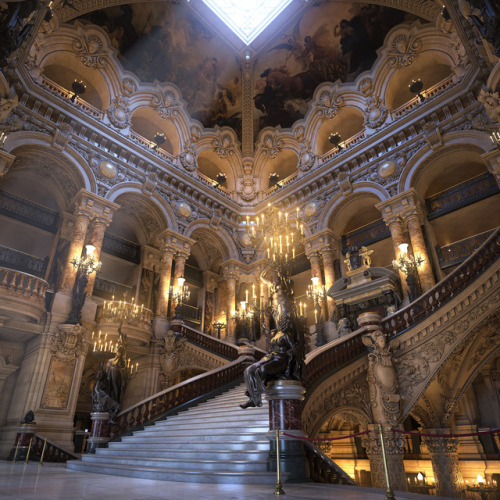
231 posts
Latest Posts by chiharu-akamine - Page 5
i made a quiz 🕊️🏺🏛️ what tragic character from ancient greek literature are you?

Galerie des Batailles, Versailles, France | Tim_floriant
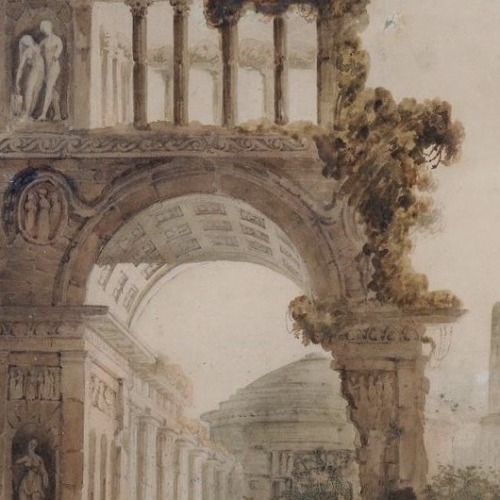
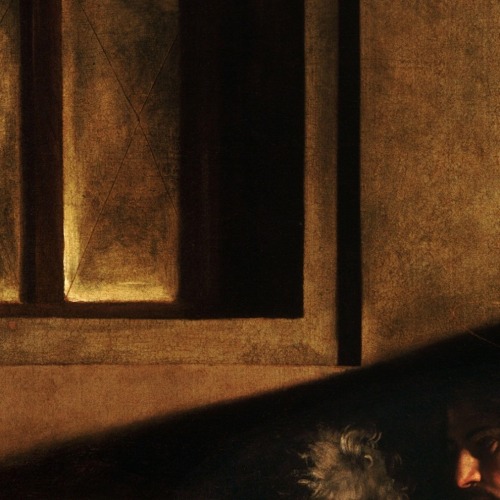
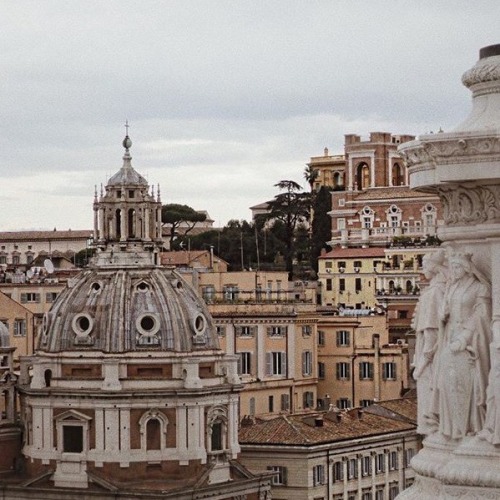
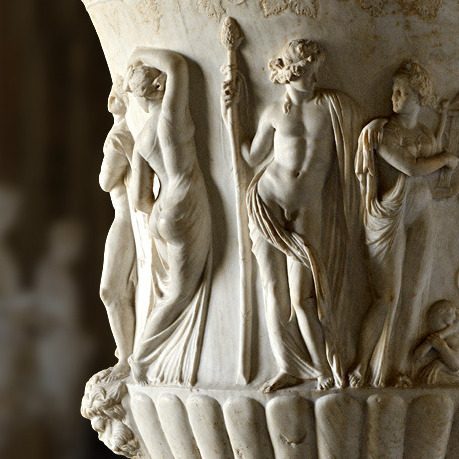


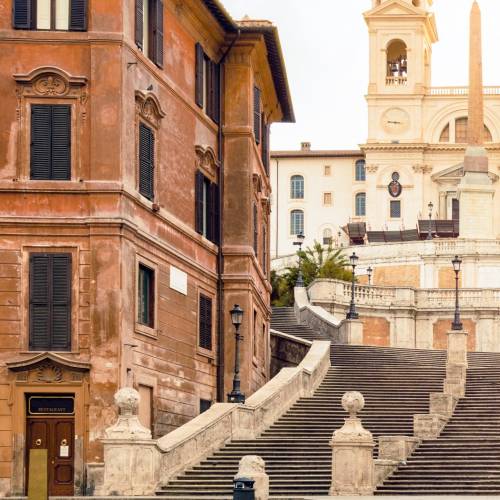
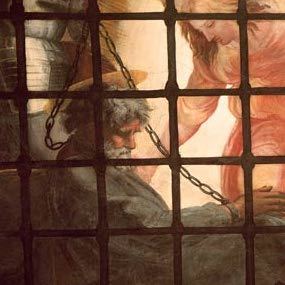
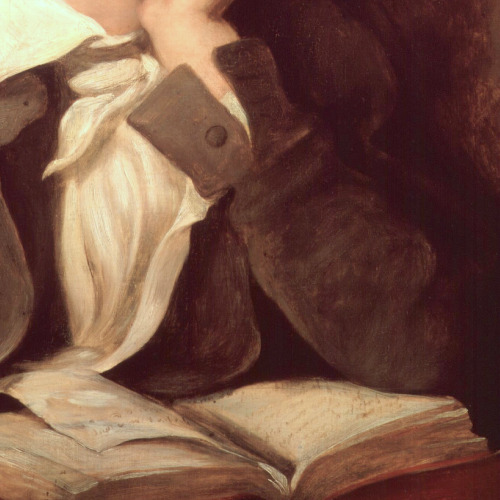
What men or gods are these? What maidens loth? What mad pursuit? What struggle to escape? What pipes and timbrels? What wild ecstasy?
John Keats in Rome
““You’re not a monster,” I said. But I lied. What I really wanted to say was that a monster is not such a terrible thing to be. From the Latin root monstrum, a divine messenger of catastrophe, then adapted by the Old French to mean an animal of myriad origins: centaur, griffin, satyr. To be a monster is to be a hybrid signal, a lighthouse: both shelter and warning at once.”
— Ocean Vuong, from On Earth We’re Briefly Gorgeous.
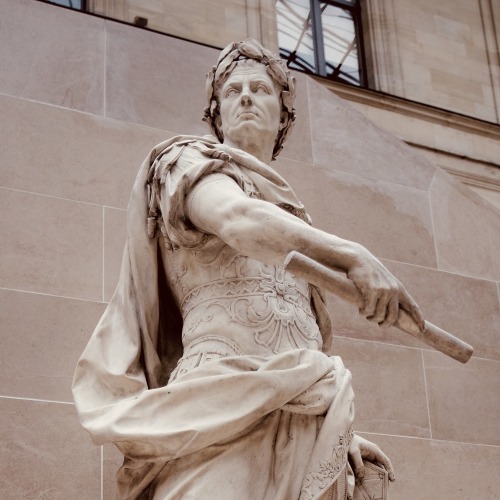








musée du louvre, parís - 2014
(pictures are mine - auriblue)

The Gate of Athena Archegetis, Roman Agora of Athens, Greece









Deep into that darkness peering, long I stood there, wondering, fearing, doubting, dreaming dreams no mortal ever dared to dream before. - Edgar Allan Poe
why are m and n so similar in sound and shape. theres no other pair of letters like that
I wish I could like… download languages into my brain.

Finally im seeing questions with the exact amount of niche absurdity that i want
take this quiz to see which greek god/goddess you reflect most






Temple of Nemesis
Rhamnous, Attica, Greek
5th century BCE
Peripteral Doric
The sanctuary of Nemesis lies on the road between Rhamnous and Marathon, around 630m south of the later city. Two temples to Nemesis and Themis can be seen at the site situated very close together.
Nemesis, also called Rhamnousia or Rhamnusia (“the goddess of Rhamnous”, her most important in ancient Greece), is the goddess who enacts retribution against those who succumb to hubris (arrogance before the gods)
Construction of the temple to Nemesis began around 460-450 BCE and continued until 430–420. It was built as a Doric peripteral temple during the reign of Pericles when the Parthenon was built in Athens, and on a platform with a massive polygonal terrace wall. It is believed that it was designed by the architect Callicrates who designed the Temple of Hephaestus in Athens, the Poseidon Temple at Cape Sounion and the Ares temple in Acharnes.
The euthynteria and lowest level of the crepidoma were made from local dark marble, while the rest was constructed of white marble.
The Peloponnesian War must have interrupted the completion from 431 BCE and carving of the column flutes was not done and the stylobate blocks were left unfinished, retaining the protective excess marble on their easily damaged corners and upper surfaces. There were no pedimental sculptures, nor were the metopes decorated with sculpture. The roof was decorated with sculptural acroteria, however.
Unfinished fluting and carving on the 5th century BCE temple.
At some point after the original construction, the Temple of Nemesis was severely damaged at its eastern end and the upper courses were subsequently repaired with new blocks. The damage to this and other temples in the region and the destruction of monuments in Athens is thought to be caused by the armies of Philip V of Macedon during his raids in 200 BCE. The blocks which were used to repair the Temple of Nemesis are distinct from the original blocks and the tooling is quite different which suggests that the repairs were made in the Roman period, when interest in the old Classical temples was renewed. The central block of the architrave on the east end of the temple bears an inscription of rededication to the goddess Livia by the Demos, which may be associated with the repairs. This reconstruction must have been costly since it involved replacing the east end, which required making duplicate blocks for the frieze, geison, perhaps the tympanon, the raking geison, the akroteria, and perhaps part of the sima, rooftiles, and ceiling coffers. Unlike other temples in Attica which had fallen into disrepair, the Temple of Nemesis was not stripped of useful parts or removed whole to Athens. Instead, it was restored with pride as an important local monument.

Statue of Nemesis
The cella of the large temple housed the cult figure of Nemesis, sculpted by Agorakritos, a pupil of Phidias, from the block of Parian marble alleged to have been brought by the overconfident Persians for their triumphal stele. This famous statue of the goddess stood within the cella of the temple and was around 4m high. The Roman historian and connoisseur Varro rated it the finest example of Greek sculpture.
The badly damaged remains of an over life-size marble head from a cult statue of Nemesis, with perforations for attaching a gold crown, was discovered by the British architect John Gandy in the early nineteenth century and is now part of the British Museum’s collection. This has a stylistic similarity to the pediment sculptures of the Parthenon of 440-432 BCE.
Many parts of the original statue have been recovered and reconstructed from the hundreds of fragments found scattered about after the destruction of the cult image by early Christians, and this allowed the identification of a total of eleven Roman copies on a smaller scale. The base of the statue, approximately 90 cm high and 240 cm wide, has also been reconstructed; on three sides of the base, the nearly-in-the-round scene shows the presentation of Helen to her mother Nemesis by Leda.
“There comes a moment in everyone’s life where they do the most awful thing they have ever done, and ever will do. And I hope with all my heart that moment has already passed for me, because I have done terrible things, and it scares me to think of what could be worse.”

The trickster “Blinking Planetary”
Planetary nebula NGC 6826 is located about 4,200 light years from Earth in Cygnus. When observers look directly at it through a small telescope, they typically see only the nebula’s sparkling-white central star. However, by averting one’s gaze, glancing away from the central star, the nebula’s bulbous dust clouds come into view. This optical trickery earned this planetary nebula the name the “Blinking Planetary.”
Over the next several thousand years, the nebula will gradually disperse into space, and then the central star will slowly cool as it radiates its energy for billions of years as a white dwarf.
Make sure to follow us on Tumblr for your regular dose of space: http://nasa.tumblr.com
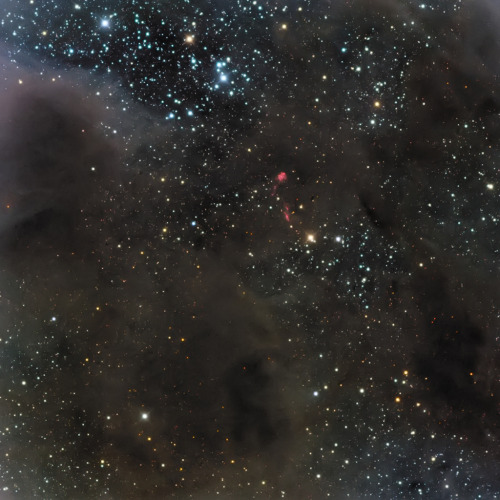
Chamaeleon II Dark Cloud : A small constellation hiding near the south celestial pole, The Chamaeleon boasts no bright stars. Stars are forming within its constellation boundaries though, in a complex of dark, dusty molecular clouds. Some 500 light-years distant, the Chamaeleon II dark nebula inhabits this view where the cosmic dust clouds standout mostly in silhouette against the starry southern sky. The telescopic frame is about the angular size of a Full Moon and so spans about 5 light-years at the dark cloud’s estimated distance. Scattered near center a telltale reddish glow from identified Herbig-Haro objects is seen in the sharp image, jets of shocked glowing gas emanating from recently formed stars. via NASA

Total eclipse of the sun. January 1898. Jeur, India. A beginner’s star-book. 1912.
Internet Archive

Summer Milky Way at The Pinnacles Desert, Western Australia
Nikon d5500 - 50mm - ISO 3200 - f/2.8 - Foreground: 6 x 10 seconds - Sky: 35 x 30 seconds - iOptron SkyTracker - Hoya Red Intensifier filter
